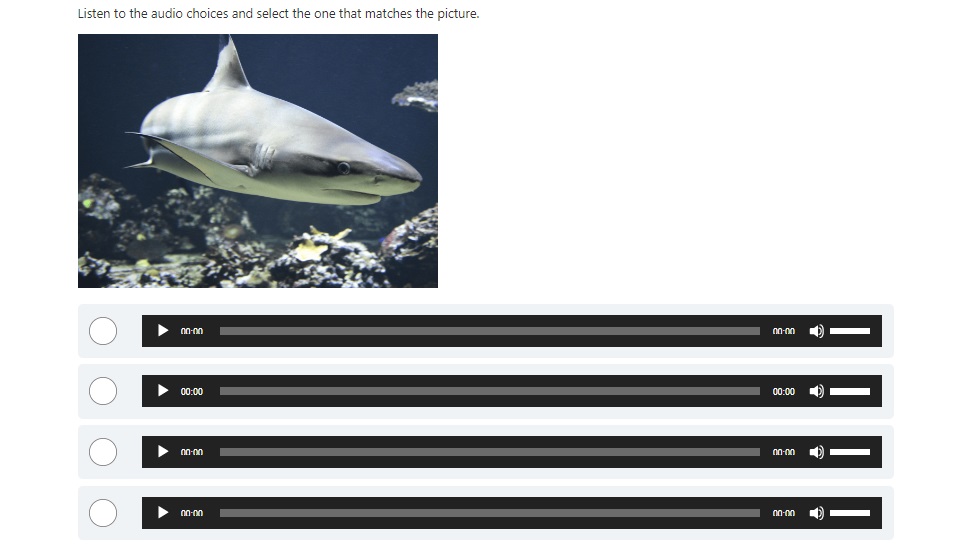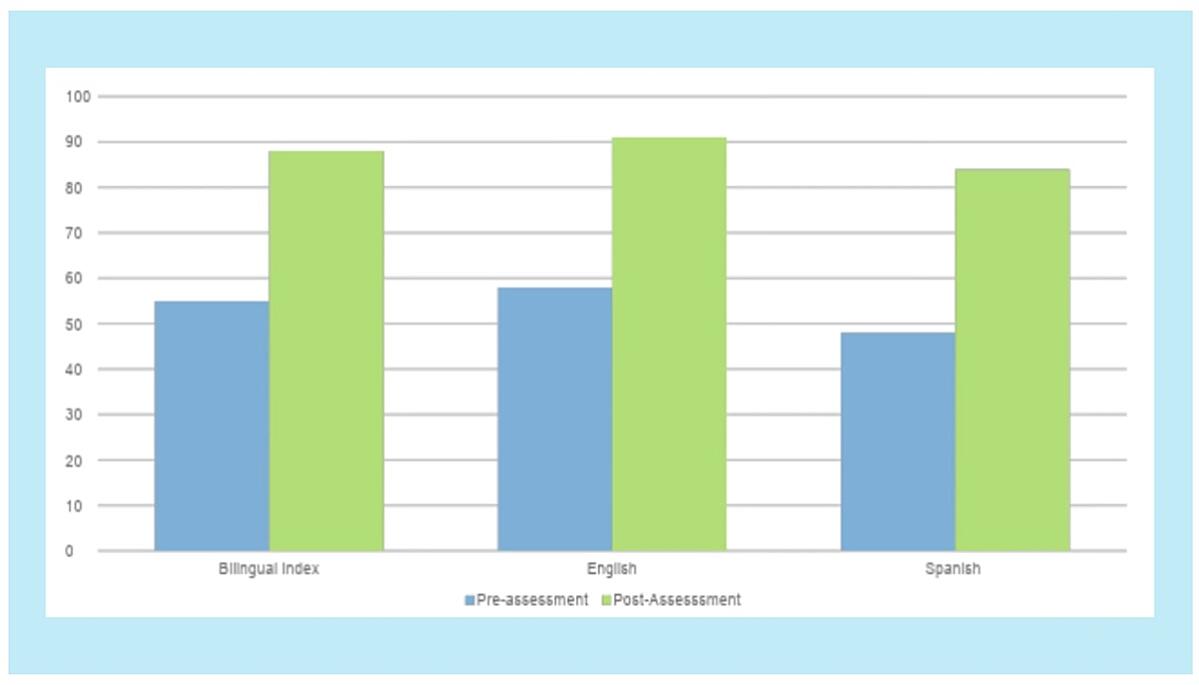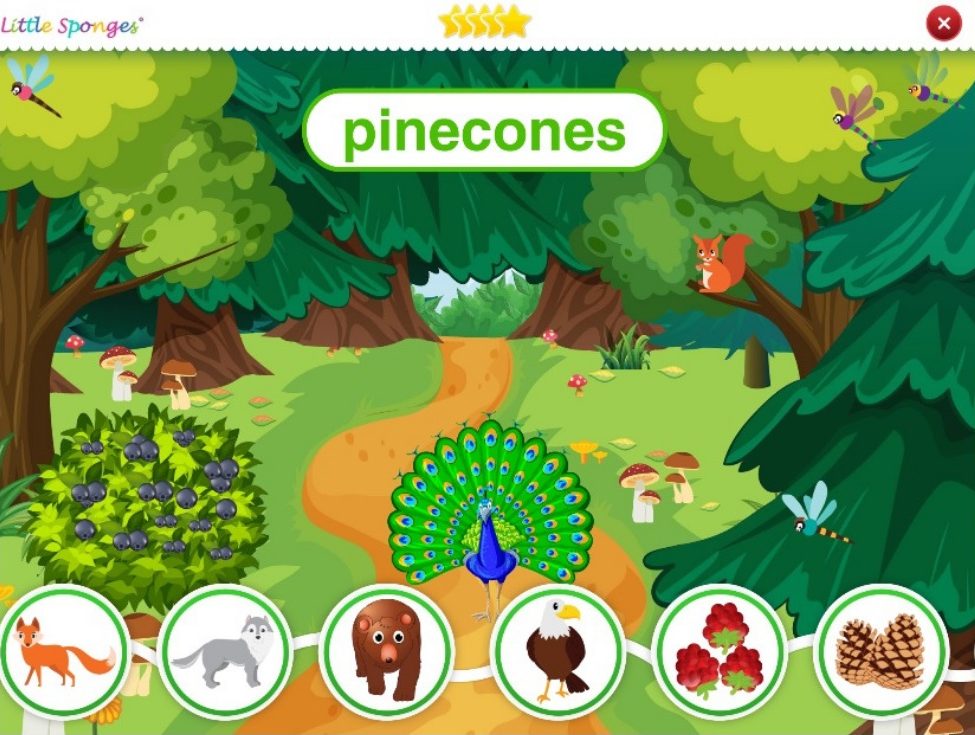According to an NEA Policy Brief, by 2025 nearly 25 percent of students in public schools will be English Language Learners, the fastest-growing student population group. With such a dramatic increase, it is imperative that the educational community understands and adequately addresses the struggles of ELL students, and ensures that ELL teachers receive the best training possible.
ELL students struggle academically for a variety of reasons. Think about it—the challenges of learning a new language on top of their regular academics, the many exceptions in the English language, and differences in regional dialects—they’re all overwhelming factors that can frustrate your ELL students.
This frustration can lead to a lack of motivation, or even to an over-dependence on teachers or peers to assist them. Your ELL students who lack the vocabulary that their peers have struggle with concepts like homonyms and synonyms, and can suffer from poor communication in the classroom. As a result, they may continue to speak more often in their native language, or be fearful of participating and speaking out in a classroom setting—all of which negatively affect their overall learning in the classroom.
1) They cannot communicate what they already know.
It is a common misconception that ELL students come into school academically behind their English-speaking peers. They may know the material being taught, just not in English. In their native language, they may be at or above grade-level, but it can be difficult to gauge their knowledge without the adequate resources. Because of this, ELL students are often misplaced in an academic setting, placing them into a lower-level classroom, where they have already learned the material being taught.


By assessing students in both English and their native language using the Little Sponges Assessments, teachers are able to establish a baseline that shows them how much a child actually knows. Through audio and visuals, our multimedia assessment allows students to communicate with their teachers in a way that they would not be able to do otherwise.
2) They become disengaged and discouraged when they cannot understand.
Imagine, as an adult, finding yourself in the midst of a foreign country whose language you cannot understand. Trying to ride the bus, talking to your coworkers or boss, filling out paperwork. Now image the same scenario, except you’re only five years old. Pretty overwhelming, right?
We learn by adding new information onto a foundation of knowledge that we already know. But when an ELL student is dropped into a full-immersion classroom setting, it’s comparable to putting a toddler into a high school algebra class- they have no foundation for the subject. The argument is that with full exposure, the ELL student will catch on. We wouldn’t implement this method with mathematics or science, so why do we with language?


The key to early childhood education is to make the content fun and engaging for the student. The same applies to language learning.
When an English Language Learner is only being taught in English, their brain may try to keep up for a while, but they will become frustrated and disengaged when they realize that they cannot understand their English-speaking teacher. Even if a school has a bilingual teacher, they probably do not have one that speaks three or four languages to accommodate all of their ELL students.
Little Sponges allows students to ease into the English language by presenting the content in both languages at once. Using our mirroring dialogue method, real-life visuals and acting of the puppets, both ELL and native-English students are able to comprehend and learn at a faster rate.
Our program utilizes native speakers in every language track, enabling students to learn the correct pronunciation from the start. Monolingual teachers are able to follow along with the program and teach their ELL students by comparing words and phrases in both languages. This allows schools who may have smaller budgets to have a big impact on their ELL students’ language learning development.
3) When the language barrier prevents them from participating, their self esteem suffers.
Children love to be included in classroom discussions and activities, but when an ELL student with limited English vocabulary cannot participate- or worse, are ostracized- because they cannot properly participate, their self-esteem suffers. Some will become frustrated, and begin the believe that they will never understand the material.

By encouraging both native English-speakers and ELL students to share their knowledge in the dual-language classroom, fostering a safe and encouraging environment, ELL students are able to feel part of the community. This allows students to not only build their English knowledge, but builds their native knowledge as well.
One suggestion for supporting the inclusion of everyone is to play the Little Sponges interactive games as a group. This allows English-speakers to help their ELL friends and vice versa, which creates a safe learning environment for everyone.
4) Their parents may not know English.

While they live in a country whose primary language is English, when they’re at home, it is very possible that no English words are ever spoken. When a student’s parents do not speak English, it is understandably difficult for them to get help with their homework from someone within the household.
Because Little Sponges is accessible from many mobile devices, students are able to receive English instruction and practice even after they step off the school bus.
It is highly suggested that teachers establish ways for families to be active in their child’s education, even if the family does not speak English. Click here for ideas on how to get parents involved.
5) They have to work twice as hard in school to keep up with their monolingual peers.
In addition to learning everything a native kindergartener is learning, ELL students are also having to learn a second language. Research has told us that in order for a child to remember a vocabulary word, they need to hear it approximately 30 times. While it’s unlikely that a teacher or parent will sit with a child and repeat a word 30 times, by watching the Little Sponges learning videos, singing engaging songs, and playing the interactive games, a child is exposed to the vocabulary words multiple times. The child will want to watch, sing and play over and over again, allowing them to gain that repetition needed for learning.
Nearly every school has a few students who are English Language Learners, and with the number rapidly increasing, the need for scientifically proven bilingual content is greater than ever. To learn more about the Little Sponges Bilingual Program, click here.

6) They have a high affective filter, which prevents them from speaking in English.
If you’ve ever struggled to speak another language in a foreign country, then you have an idea of how nerve-wracking school can be for English learners. The stress you experience creates what experts call the affective filter, an emotional response that can lock down the mental processes of learning a new language. When the filter is high: students experience stress, feel anxious and self-conscious, are reluctant to participate and seek out opportunities to collaborate.
Add to that the reality that many ELLs speak their native language at home, in their communities, and even with some classmates who speak their first language. As a result, these students may lack the motivation to learn English.
In order to overcome this, teachers need to create English lessons that are fun and engaging. Studies have shown that kids learn better when they are having fun (particularly during early childhood education), When teachers make learning exciting, students are more willing to participate and often find the lesson not only more fun, but also more memorable.
Little Sponges helps lower ELL students’ affective filter as they travel through the learning adventures with its charming main characters, Mishka and Frog. Children watch the video adventures where they see kids and puppets speaking English, they relate to the characters and feel more comfortable producing English, singing along to the songs, and participating in class!
Teachers can implement Little Sponges to reduce the affective filter using its read-along videos, and a variety of game-like activities to practice and review vocabulary. Here are some ideas:
- Have students listen to the Little Sponges’ songs and sing along with the puppets, ELL students see them as equals, feeling more confident to interact without fear of being judged.
- Hold up flashcards and ask children to name the picture in English.
- Use stuffed animals (a brown bear for Mishka and a green frog for Frog) to review vocabulary and use background knowledge.
- Hold up Frog: “If Frog says monkey…”
- Hold up Mishka: “Then Mishka will say…?”
- Put an object from the Little Sponges adventure in a box and have children feel it to guess what it is.
- Play the Little Sponges games as a group on your projector or smartboard and have the children vote on the correct answer.
- Enable children to demonstrate their knowledge and shine! For example, your ELL student who speaks Spanish can help other students with their Spanish pronunciation and vice versa.
Experiencing success with language motivates students to learn more and take risks in the future, they automatically feel more at ease and their affective filter is lower.
This article was inspired by SchoolYard.com.
Written by Natalya Seals; Date: Jan. 2022


